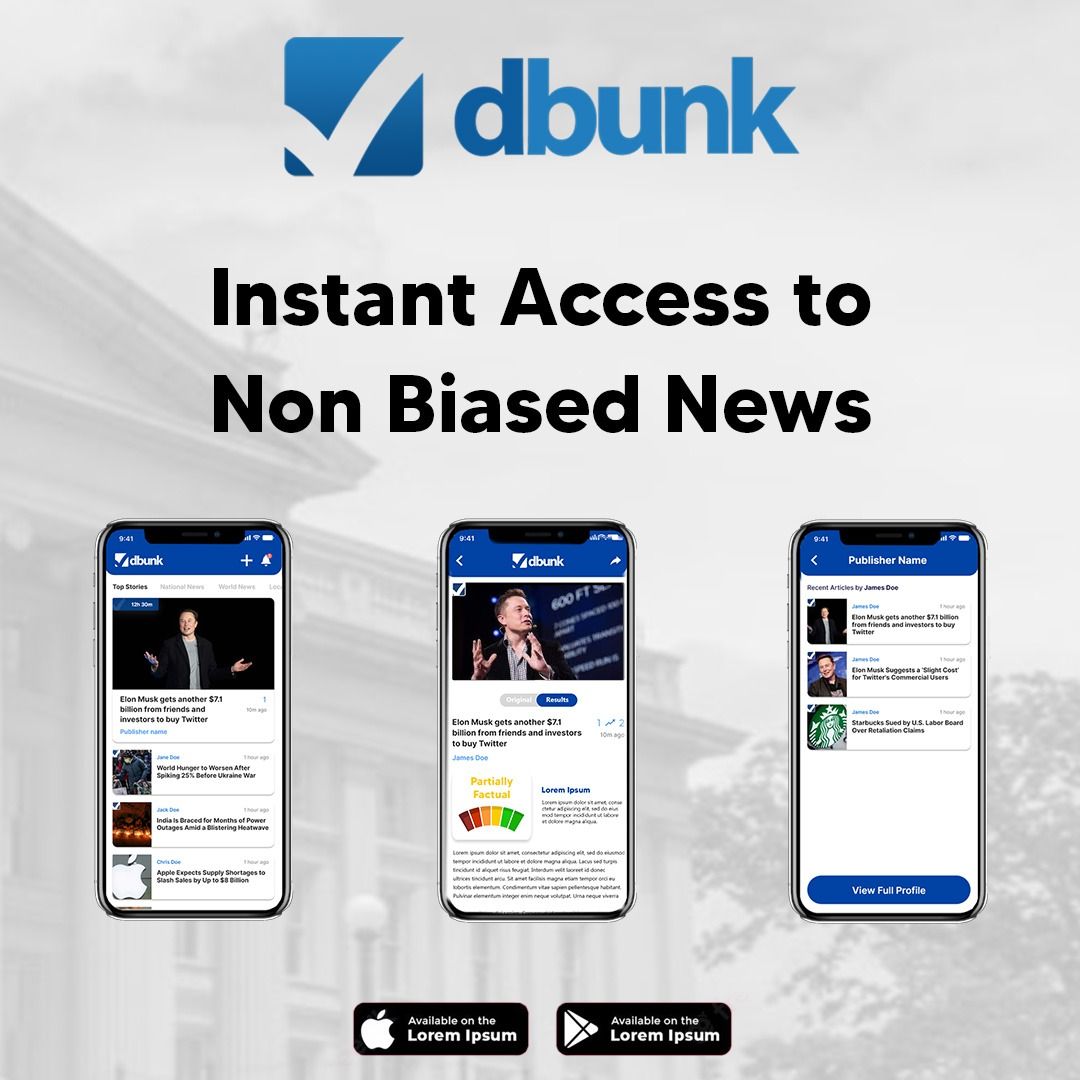
Introduction
This CNBC article was flagged for fact-checking due to its coverage of the U.S. economy’s health based on recent job data from ADP and insights from the Federal Reserve’s Beige Book. A reader raised the important question of credibility: Can we trust ADP or the Fed’s Beige Book when they often diverge from the Labor Department’s official figures? Let’s break down what these reports really indicate—and where caution is warranted.

Historical Context
Each month, the U.S. economy is assessed through various lenses. The most widely watched is the Bureau of Labor Statistics (BLS) Employment Situation Report. Alternative indicators like the ADP National Employment Report and the Federal Reserve’s Beige Book provide supplementary data—but with key differences in methodology. Discrepancies among them are common. While ADP aims to forecast private job growth using payroll data from its own database, the BLS collects government-vetted survey data from employers. The Beige Book gathers qualitative feedback, offering insight into business sentiment rather than raw numbers. These tools have historically served as leading barometers but are not always aligned in their messages.

Evaluating the Claims
Claim #1: ADP reported just 37,000 job gains in May, the lowest since March 2023.
This claim is accurate. On June 5, 2025, ADP reported a modest gain of 37,000 private-sector jobs in May, significantly below April’s revised number of 60,000 and well under the 110,000 forecast by economists. This marks the lowest increase since March 2023. ADP’s report is based on payroll data and serves as a predictor of labor trends, though with significant variance compared to the official government report. You can find the original ADP report here: ADP May 2025 Employment Report.
Claim #2: The Beige Book reported a slight contraction in U.S. economic activity over the past six weeks.
This is true. The Federal Reserve released its Beige Book on June 5, 2025, and indicated that “overall economic activity has declined slightly” since its previous report dated April 23. The report cited slower hiring, reduced consumer demand, and pricing concerns related to tariffs. The Beige Book is based on anecdotal business input gathered by regional Fed branches. As a qualitative source, it often highlights perceptions rather than statistics. The report is accessible here: June 2025 Beige Book.

Claim #3: The ADP report and Labor Department report often diverge significantly in their jobs numbers.
This is accurate and backed by historical data. The CNBC article notes that ADP stated a gain of 107,000 jobs in January 2024, while the Bureau of Labor Statistics reported a 353,000 increase in nonfarm payrolls—a historically large gap. The two reports are fundamentally different in methodology. ADP uses data from its payroll clients, primarily representing large firms, while the BLS bases its survey on a nationally representative sample of businesses. The BLS report is also seasonally adjusted and split into private and public sectors. Therefore, divergences—particularly in monthly snapshots—are not uncommon. Both datasets are useful, but the Labor Department’s report is generally seen as more comprehensive and reliable.
Claim #4: The Beige Book’s qualitative nature makes it an unreliable measure of actual economic activity.
This claim requires nuance. The Federal Reserve itself acknowledges the Beige Book’s limitations; it is designed to capture sentiment and regional trends through interviews and surveys rather than data collection. While it is less precise than statistical reports, it often flags shifts in business confidence that precede real economic changes. Dismissing it entirely as unreliable would be misleading. Instead, it should be viewed as a complement to quantitative data, not a replacement. Read the Fed’s methodology here: Beige Book Methodology.

Conclusion
The article from CNBC accurately reports on both the ADP’s job numbers and the findings from the Federal Reserve’s Beige Book. It responsibly notes the frequent gaps between ADP and Labor Department figures, clarifying the limitations of both. While it frames economic data through a metaphor about “vantage point,” which could suggest subjective interpretation, it does not misstate facts. Both ADP and the Beige Book have value, but each should be weighed with an understanding of their unique methodologies. The article maintains journalistic integrity while explaining these distinctions clearly.
Take the Next Step
Want to verify headlines instantly and cut through the noise? Download the DBUNK app today and follow us for real-time fact-check updates.

Visit the original CNBC article here

